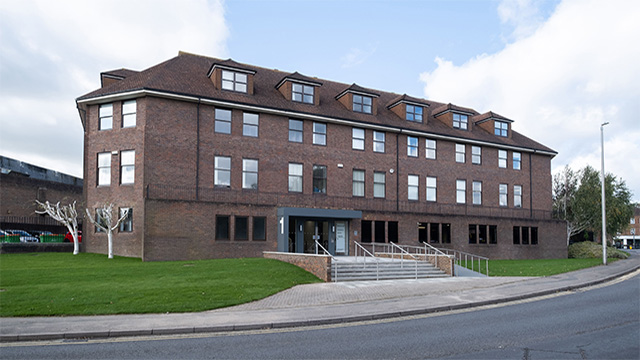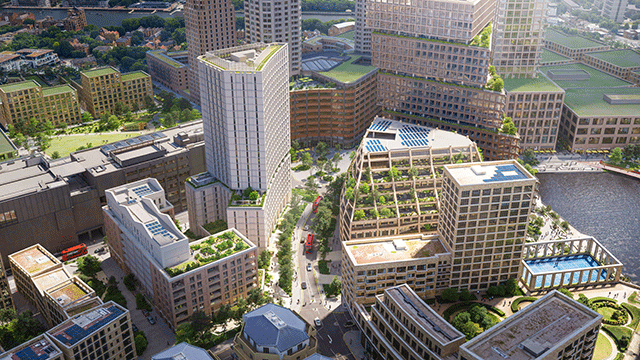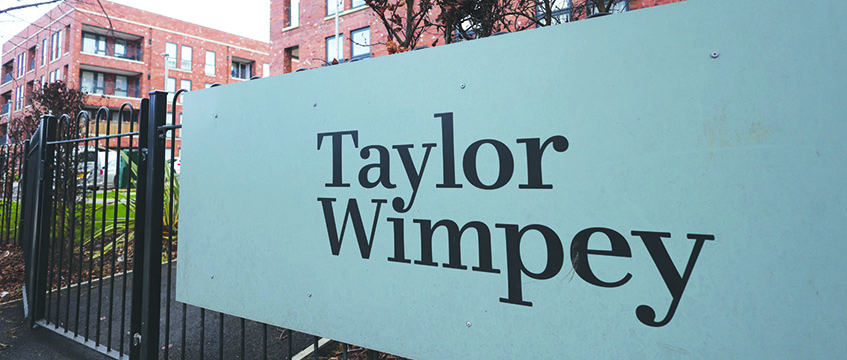London risks oversupply of costly lab space
A boom in the building of labs and other life sciences-related real estate in London could leave the market oversupplied within a decade.
Research from MedCity and London & Partners shows that just half of the demand for lab space in London was being met by the mid-point of this year.
But as soon as 2026, lab space constructed in the city will have nearly doubled to 2m sq ft. Furthermore, it is forecast that the sector will see a sevenfold increase in science-related real estate by 2032 to 7.2m sq ft.
A boom in the building of labs and other life sciences-related real estate in London could leave the market oversupplied within a decade.
Research from MedCity and London & Partners shows that just half of the demand for lab space in London was being met by the mid-point of this year.
But as soon as 2026, lab space constructed in the city will have nearly doubled to 2m sq ft. Furthermore, it is forecast that the sector will see a sevenfold increase in science-related real estate by 2032 to 7.2m sq ft.
If all of the planned space is delivered by 2032, London’s lab space could supply the entire Golden Triangle demand, forecast at 1m sq ft per year by 2029.
Sites across the Knowledge Quarter of King’s Cross and Bloomsbury and the innovation district SC1 in Lambeth and Southwark are due to see the greatest increase in lab space provision by 2032, at 2.9m sq ft and 2.1m sq ft respectively.
The Whitechapel and Canary Wharf clusters are set to bring forward 823,000 sq ft and 106,000 sq ft of facilities respectively between 2024 and 2032, while the White City Innovation District and Sutton are also expected to continue to expand steadily, with an addition of 660,000 sq ft and 560,000 sq ft of space respectively.
Destination of choice
Angela Kukula, director of life sciences at London & Partners and chief executive at MedCity, said: “I am delighted at the way the real estate community has responded to our earlier demand reports, bringing forward life sciences workspaces in prime locations close to our universities and research hospitals.
“These new developments will underpin London’s growth, ensuring that the capital really becomes the global destination of choice for life sciences.”
On the occupancy front, the London Lab Showcase report found that the Knowledge Quarter and SC1 have the highest vacancy rates, at 39%, even when the most recent 2024 developments are excluded.
Overall, occupancy levels of lab space across London stand at 74% for spaces that came to market between 2021 and the end of 2023.
Although 50% of study respondents already have a key tenant lined up for spaces becoming available between 2024 and 2032, researchers warned that competition for tenants will be fierce between lab space providers during the next six years.
Michael Mainelli, lord mayor of the City of London, said: “With notable developments in districts such as the Knowledge Quarter and SC1, and the strong partnerships with world-renowned institutions, London is poised to remain at the forefront of global life sciences.
“The report highlights how it is vital that these new labs are designed with flexibility and high quality in mind to accommodate diverse requirements and maintain our competitive edge.”
Provision of wet lab space has the highest demand, according to survey respondents. Demand for such premises is set to hit 2.7m sq ft in eight years, while the existing development pipeline suggests that there will be 2.5m sq ft of wet lab space built by 2032.
Turning to dry labs, Whitechapel is the only district which will develop a greater proportion of office and amenity space than lab space during the next six years. The Whitechapel Road Life Sciences Cluster will provide 56% of office space, if approved.
According to the research, manufacturing space has been overlooked and underserved by developers, with planned development provision of 199,220 sq ft of dedicated manufacturing space by 2032, primarily in Canary Wharf and the Knowledge Quarter.
The study also revealed a trend across all districts to increase the provision of shared research facilities and fully equipped labs. The development pipeline suggests there will be more science-related real estate coming out of the ground that offers additional amenities such as autoclaves, cafés, shared workspaces and equipment.
Quantity and quality
Howard Dawber, deputy mayor for business and chair of London & Partners, said: “It is not just the quantity of space that matters, but also the quality and flexibility of the development. Developers have built real expertise in creating the spaces which tailor specifically for life sciences, ensuring that London remains the premier destination for life sciences research and development globally.”
Rents for life sciences space in London vary widely, with an average cost of £95.38 per sq ft across the city, increasing to £116.60 per sq ft when service charges are included.
Further research into completed and upcoming developments indicates the potential of further rental growth for new-builds, with the average cost due to increase by 21% to £115.38 per sq ft. The forecast increase in service charge, however, is just 2%, bringing the total average cost including service charge to £143.07 per sq ft for new-build facilities across the city.
The researchers have suggested that total average London-wide rent, including service charge, will increase by 23% by 2030.
Ivana Poparic, head of life sciences cluster development at MedCity, said: “Developers may be aiming at large pharmaceutical companies with these prices, but must take care not to overlook and price out the majority of London’s market of small and medium-sized enterprises in the early stages of development. Our message to the occupiers is: shop around and compare what the competition nearby is going to offer.
“Following the 10-year surge in development, London is forecast to have sufficient high-quality lab space to support researchers and offer a population of experienced operators to partner with to deliver top-quality service to the London science industry.”
Click here to view MedCity’s interactive map of London’s innovation districts
Photo © Louis Reed/Unsplash











